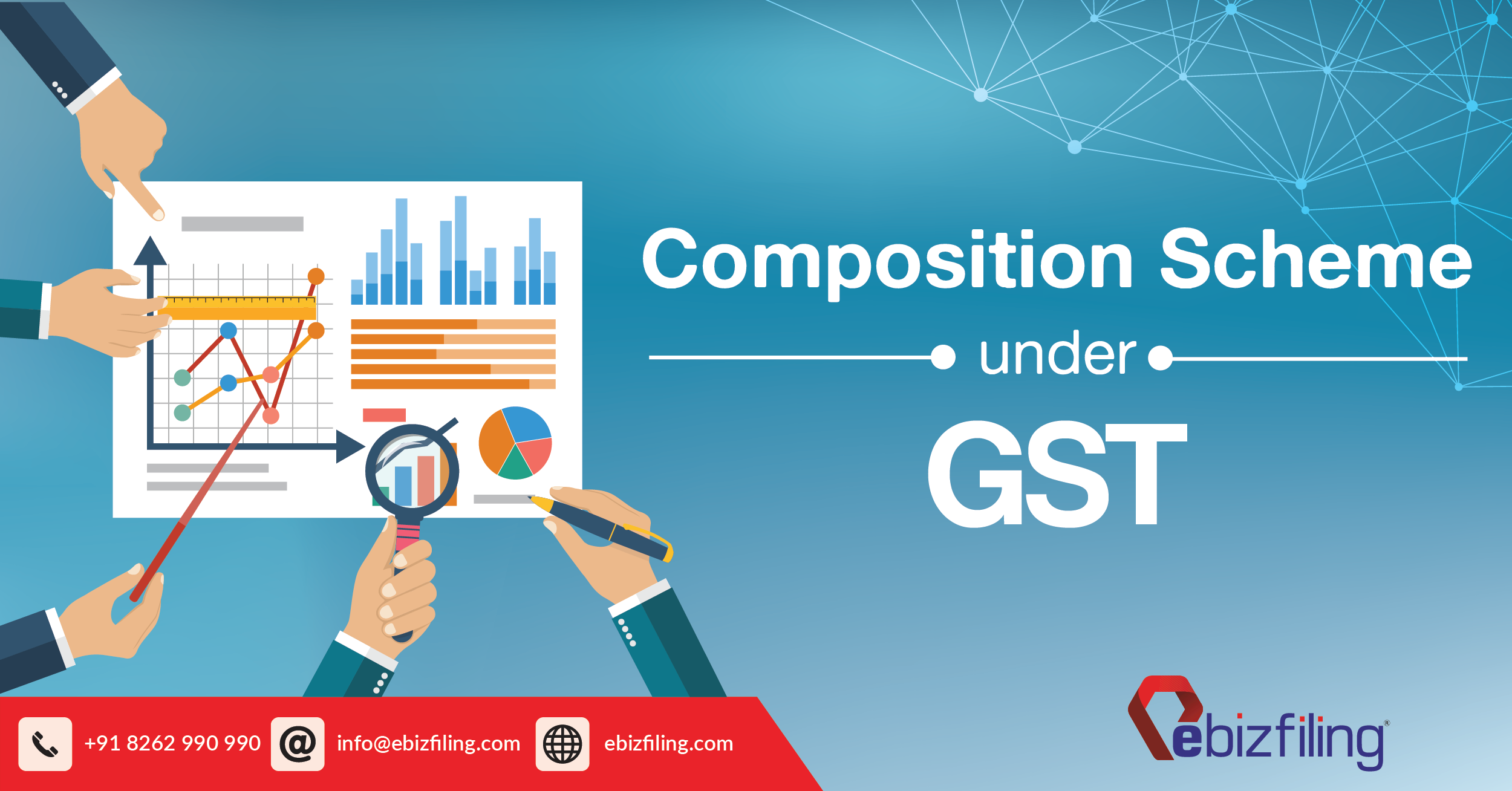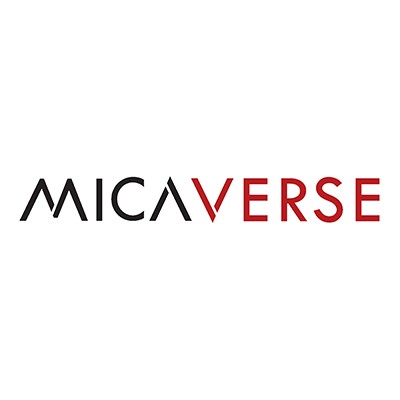
Goods and Services Tax is undoubtedly the most important aspect of Indian economy this year. Launched on July 1, 2017, GST has subsumed more than 17 taxes under one bracket to simplify the indirect taxation system in the country.
Now, a new tax regime naturally brings in a new set of compliance to be followed by traders and manufacturers. But although big organizations are backed by needed expertise & resources to easily sign up with the new compliance procedures, the same is not exactly the case with the SMEs and start-ups. Small businesses come with limited turnover and will seemingly face difficulties in keeping up with the compliance procedures of the latest taxation system. In that light, the Section 10 of GST law has introduced the revolutionary Composition Scheme.
What is GST Composition Scheme?
GST Composition Scheme has been introduced to reduce the compliance burden for the small businesses in India. Any person opting this particular scheme will pay taxes at prescribed reduced rates on the basis of their business turnover. Such a system assures greater compliance ease without the load of maintaining elaborate tax records.
Who is eligible for GST Composition Scheme?
A taxpayer would be eligible for GST Composition Scheme if his aggregate turnover is limited to Rs. 75*(Rs. 50 lakhs for notified states) lakhs in Previous Financial Year. However, a dealer enrolling into Composition Scheme is not allowed to claim or utilize Input Tax Credit.
Benefits of GST Composition Scheme for traders and manufacturers
Less compliance burden
A normal taxpayer is required to file at least 36 monthly returns a year under GST, & 1 annual return, failure to which attracts huge penalties. But the Composition Scheme eliminates the need of so many returns and replaces the system by just 4 (quarterly) along with 1 annual return in form 9A in a year. Quarterly Returns under GST are to be filed under Form GSTR-4 within 18 days after the end of each quarter, thus providing the following tentative due-dates:
For 1st quarter – 18th July
For 2nd quarter – 18th October
For 3rd quarter - 18th January
For 4th quarter – 18th April
Lower tax liability
Traders and manufacturers who enroll for Composite Scheme will get the benefit of lower tax rate. It would be as under:
• 2 % (1% CGST +1% SGST) for manufacturers
• 1% (0.5 % CGST + 0.5% SGST) for Traders
• 5% (2.5 % CGST + 2.5 % SGST) for supplier of food or drinks for human consumption (without alcohol)
• Service Providers cannot opt for Composition Scheme
Let’s discuss the situation with an example:
Say we have two taxpayers - Mr. A (normal taxpayer) and Mr. B (taxpayer under Composition Scheme). Both of them have incurred a total sale value of Rs. 1,18,000/-. Now, when it comes to Net GST liability, Mr. A would have to pay Rs. 6,300/- while Mr. B would pay a far lesser tax of Rs. 2314 compared to Mr. A.
Greater liquidity
Greater fund availability is another major benefit of enrolling into the GST Composition Scheme. Unlike those under Composition Scheme, a regular taxpayer is allowed to take Input tax Credit. But he will pay the output tax at standard rate & can only avail the Input credit when his supplier files his return. This means a huge sum of his whole working capital would stay blocked for as long as his supplier doesn’t file his own return.
However, with GST Composition Scheme, the dealer is not required to wait for his/her supplier filing the return since he can’t avail or utilise the input credit. It in turn assures him free access to his working capital any time. Moreover, he would just have to pay the tax at nominal rate which means greater savings for him compared to a normal taxpayer.
If a trader or manufacturer is eligible for the Composition Scheme, he should register for the enrolment before March 31, 2018.
*The Turnover Limit is proposed to be Rs. 1 Crore instead of Rs. 75 lacs (or 50 Lacs), as per the recommendations made by the GST Council in the 22nd meeting at New Delhi on 6th October, 2017















































